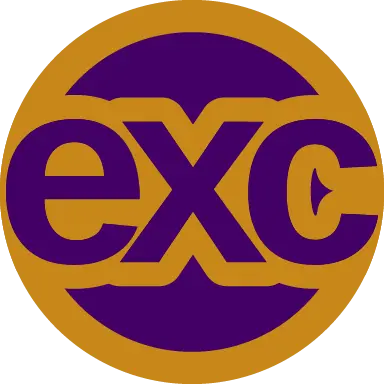Nowadays Windows is filled with adware and is fairly slow, but it wasn’t always like this. Was there a particular time where a change occurred?
The correct answer is “whenever you discovered there was an alternative”. Windows has always been shit, but before you thought there was no alternative so you were used to it, ever since you started using something different you’ve grown less tolerant of problems. It’s like someone who’s always had a low end PC and played games on minimum at 30fps, it’s “okay” but the moment you play something on maximum at 144fps your normal experience feels sluggish and bad (even though nothing really changed with it).
I think windows is the same thing, which is why most people will tell you the last good version of windows was the one they were using when they migrated over to Linux.
How was windows XP bad? It did all I asked it to do, it was compatible with all the software I needed and, in general, “it just works”. I remember trying openSUSE back in the day, and being underwhelmed by it. Then I ran Kubuntu for a bit but, even though it had cool software for listening to music and such, I couldn’t use it to game. So I went back to windows because Linux just didn’t have anything for me.
Nowadays, I’d completely agree. Win10 does whatever it wants when it wants, even when it seems mostly tamed. It’s not terrible and it “works”, but yeah I’m switching to Arch before Win11 comes, for real.
Linux has come a long way and Windows has gone down the enshittification route; but it wasn’t like this back in the 00s.
Microsoft has always made windows good… … … For them.
Windows 7. Some may say 8.1 if they were willing to tolerate it, but most will agree that Win7 was the last “true” OS that wasn’t riddled with adware and telemetry collection.
Microsoft lost a lot of money on Win8 (and by extension, 8.1). That made them rethink their business model, and they shifted away from selling the OS. Instead, they gave the OS away and made money on the data collection. Because Win8 made them realize that the world didn’t want or need a new OS every other year.
It’s the same reason people don’t upgrade their cell phones every year anymore. At first, the hardware changes were meaningful, and you actually got large upgrades with every new iteration. You were noticeably behind if you had a phone that was two or three years old. But now that modern hardware design has slowed down, (and hardware changes are more akin to updates on existing hardware), people don’t feel like they’re behind if they put off upgrading for two or three years.
And this reluctance to upgrade hardware meant people and businesses weren’t constantly buying a new OS every year. So Microsoft lost a lot of money when Win8 launched and everyone collectively went “actually, I’m good with my current computer.”
Windows 7 was the last one. Windows 10 is usable, but it was created with advertising in mind.
Their objectives went south around windows 8.
They screwed up execution before, certainly, and in never was a huge fan, but they were at least trying to make what they sincerely thought was a intrinsically good desktop experience until 8.
Windows 8 was when they had the fear of Android and iOS and the Microsoft phone os was failing on its own, so the mission for Windows 8 was to throw the desktop user experience under the bus for the sake of trying to bolster the phone platform, and maybe make PCs that were tablet like. Also seeing Apple and Google succeed with Internet account based access to the devices was a motivation to get people into an online ecosystem that would have the way to indefinite monthly payments and an app store where they could take a cut off all the application vendors’ revenue.
I’m going to say Win8 & 8.1.
Say what you will about the UI, they did great work on the underlying kernel, file system and APIs. If they’d continued to refine it, it’d be damn near perfect.
They really started to lose the plot with 10; it kept a lot of what made 8 good (and steals a lot of goodwill from 8) but you can see the adware and telemetry start to creep in.
The next best I’d have to give to Vista, which also did some much needed revitalization, only to see 7 get the glory because Microsoft flubbed the hardware requirements and vendors were sloppy with drivers.
My favourite is NT3.5: full microkernel, no GDI in kernel space, no printer drivers in the kernel, less registry issues. We’d have skipped a lot of pain from the 90s and 2000s had Microsoft not went backwards with 9x and NT4.
deleted by creator
It’s true, if it was still supported I would downgrade from 10.
But it’s not, I guess I’ll have to shift my main computer to linux sooner or later. I am not enjoying the thought if I’m totally honest. I just want the change to be over and not have to live through the interregnum.
The old world is dying; the new world struggles to be born. Now is the time of monsters.
Windows 7 exists, and there’s no need to improve upon perfection. But there’s no money in releasing nothing, so they release ad-filled “upgrades” to bring in more money from the doofuses who buy it.
Yeah, every UI change since 7 has been for the worse, increasing the number of steps required to get work done.





